Note: This post is extremely simplified to give some brief information.
Generally a harmonic is a integer multiple of the fundamental frequency (nominal frequency fn). The fundamental frequency is either 50 Hz or 60 Hz.
So, when we have a nominal frequency fn of 50 Hz, the 3rd harmonics is traveling with a frequency of 50 Hz multiplied by 3 = 150 Hz.
We can have harmonics in the voltages and in the currents.
Current harmonics
In a normal AC power system we have a sinusoidally current with the same frequency as the voltage. When a non-linear load is connected, the current waveform will become complex. But the wave can be split in harmonic sine waves with the help of the Fourier analysis. Don't worry, the calculations are done by the CLOU reference standards 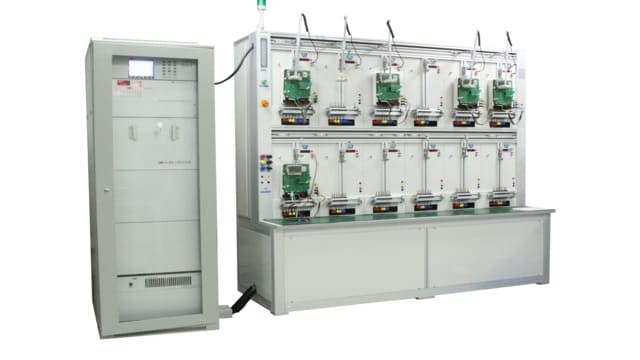 Introducing Our High-Quality Meter Test Equipment for Precise Measurementsand advanced AMI meters.
Introducing Our High-Quality Meter Test Equipment for Precise Measurementsand advanced AMI meters.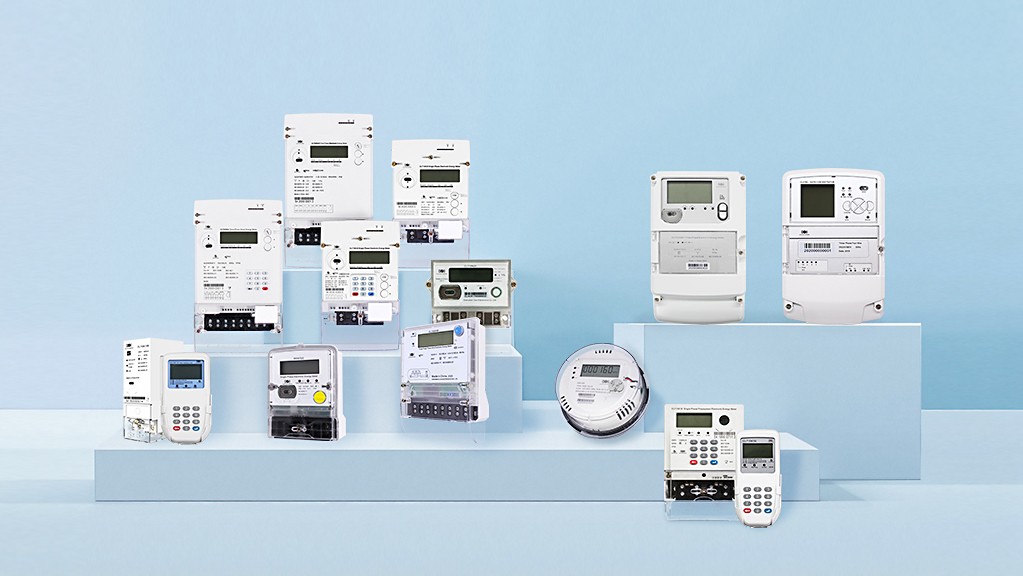 Discover the Power of Electronic Energy Meters with Our Expertise
Discover the Power of Electronic Energy Meters with Our Expertise
What can cause current harmonics?
- rectifiers
- computer
- UPS
- fluorescent lighting
- battery chargers
- variable speed drives
- PV- and wind power converters
Voltage harmonics
Voltage harmonics are caused by the current harmonics, so they are typically smaller than the current harmonics.
Beside of a magnitude harmonics also have a phase angle, indicated relative to the fundamental wave.
What is the impact of harmonics?
Harmonics can cause
- overheating of motors, transformers, cables
- malfunction of relays and breakers
- disturbance of PLC communication
- damage of capacitors or capacitor banks for power factor compensation
What are the limits?
Most countries follow the IEEE 519 recommendations.
Voltages up to 1 kV are allowed to have a individual harmonics content of 5%, the THD (total harmonic distortion) should not exceed 8%. Odd current harmonics (between order no. 3 and 11) with a current between 50 A and 100 A are allowed to have 7% for individual currents and a maximum THD of 8%.
Please note that utility regulations might be different.
With CLOU portable reference standards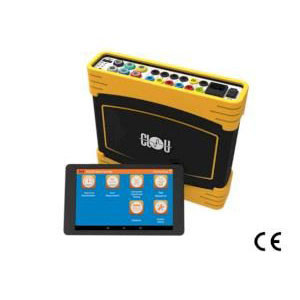 Portable Calibrator RS350 you can monitor the harmonics behavior on site during a calibration. Our AMI systems
Portable Calibrator RS350 you can monitor the harmonics behavior on site during a calibration. Our AMI systems Introducing ClouESP AMI Software, your ultimate energy management solution can provide long time statistics.
Introducing ClouESP AMI Software, your ultimate energy management solution can provide long time statistics.
Please note:
- Harmonics with higher order than 1st are travelling faster than the fundamental frequency. The calculation of required degrees per cycle can be done by dividing 360° by the order no. of the harmonics. For example the 3rd harmonics finishes a cycle after 120°. So when you enter a phase shift of 180° it's in fact the same like entering 60°.
- We can not say whether a harmonic is leading or lagging.
Reference literature:
IEC 61000-4-7
IEC 61000-4-30
Sub- and Interharmonics
In power grids, you can also find sub-harmonics with a frequency less than the fundamental frequency (an integer fraction) and interharmonics with non-integer order values. The simulation below also allows the visualization of those components. To see the effect, choose more cycles.
| Mode | |
| Drawing Amplitude | |
| Cycles | |
| Power Amplitude | |
| Phases: | |
| Voltage | |
| Current | |
| phase shift |
| order no. | amp. % | ang ° | draw |
|---|---|---|---|
| fundamental | 100% | 0° | |
| current | ||
|---|---|---|
Thank you for reading. If you like you can share your experience with harmonic influences by putting a comment below.
Editor's note: This article was originally published in July 2019 and has been updated for comprehensiveness.



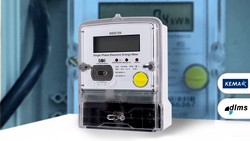
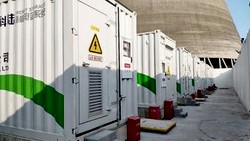

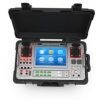

if ct is 100 A/5A and PowerMeter is 100 /5 the value is correct
but what to do when the power meter is 100/5 A and the ct is 50 / A
thank you
Thank you for your question. Your meter will calculate with 100 A when it receives 5 A at the terminal. Your CT 100/5 A delivers 5 A, once 100 A are running on the primary side. So, it's correct. If you use a CT with 50/5 A, your meter gets 5 A when 50 A are running primary. So, the meter will calculate with the double of the real current. Means, your consumption reading is approximately double as high as it should be.
What to do?
The easiest way is to reprogram the meter ratio to 50/5. Alternative, you change the CT. The CT ratio and the meter ratio must always match.
If we say a 3rd harmonics, is the frequency of the current reaches 150 Hz ? What is very dangerous THD level in the factory? Are we going to install appropriate inductor to correct with?
The harmonics are an overlay on the fundamental wave. Sure, the 3rd harmonics travels with 150 Hz (with 50 Hz fundamental wave). This is a normal effect and will not harm your appliances, since the amplitude level is very low. I suggest, you measure your THD first. If the voltage THD is in sum below 5% and no single harmonics is > 3%, you are fine according to common praxis. There is no standard for this, only some recommendations.
It's more important, that your energy meter is able to measure the consumption with harmonics. Typically, electronic meters are doing that.